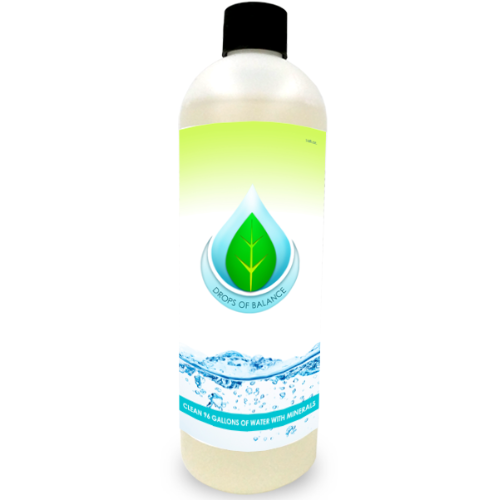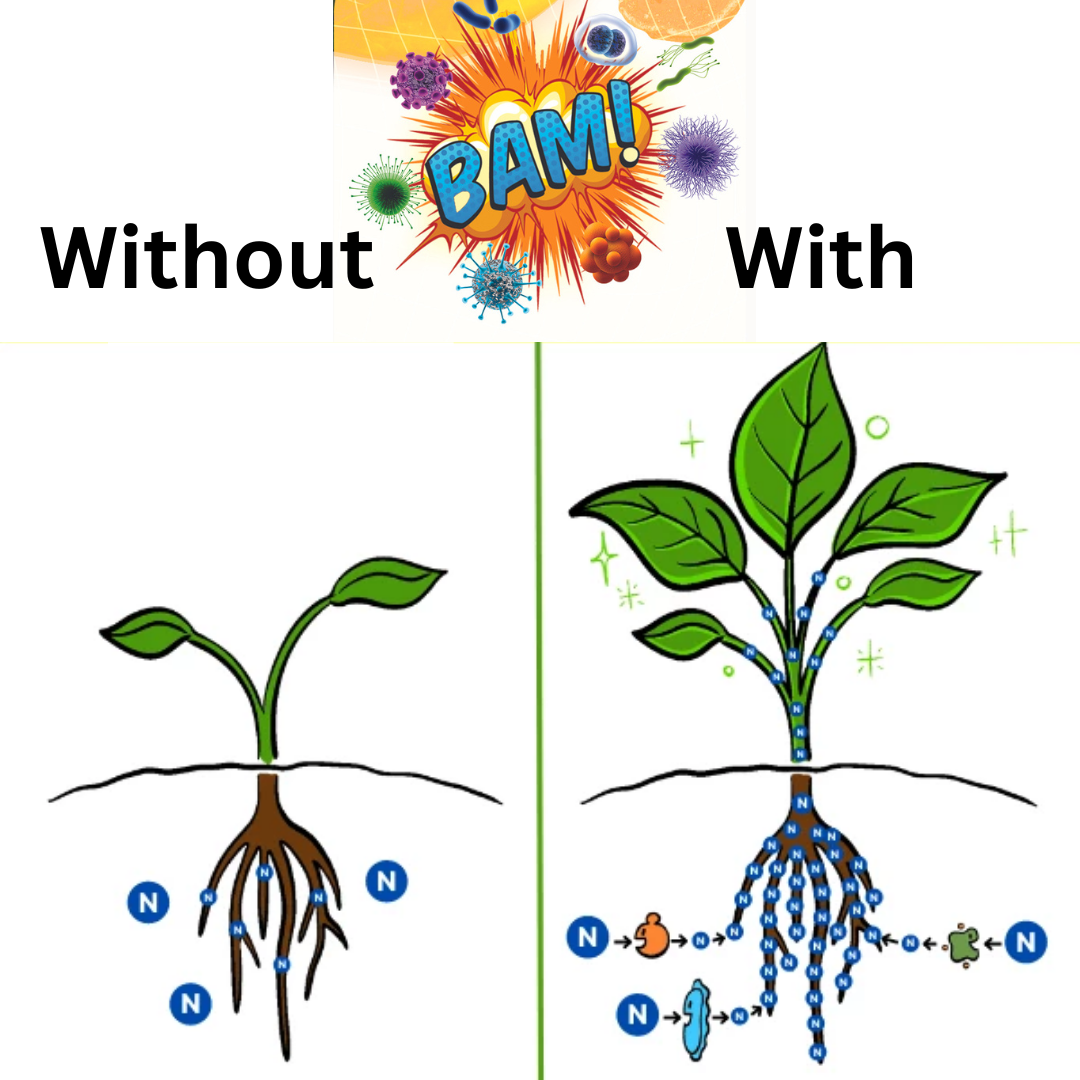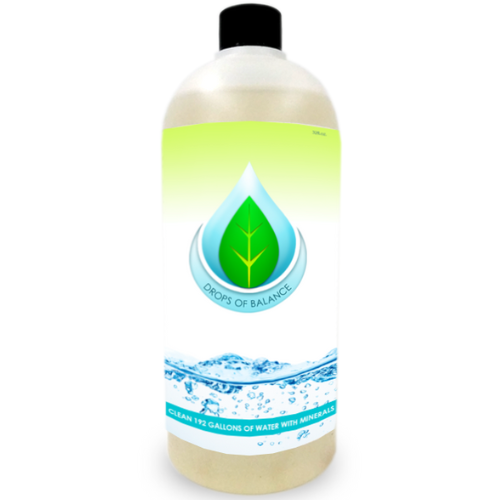
Fluoride in Your Garden Water: 10 Things Every Organic Gardener Should Know
municipal water systems add fluoride for human dental health. plants receive no such benefit. your garden faces systematic poisoning through routine irrigation. organic gardeners remain unaware. tap water contains persistent toxins that accumulate over growing seasons.
1. fluoride enters through stomata and disrupts photosynthesis
electronegativity: 3.98. highest among all elements. fluoride preferentially enters plant tissue through leaf stomata. metabolic disruption occurs immediately upon contact. photosynthesis efficiency drops 15-40% in affected plants.
chlorophyll synthesis degrades. chloroplasts suffer structural damage. ATP synthase activity reduces by 60%. ribulose bisphosphate carboxylase-oxygenase enzyme function impaired. carbon dioxide assimilation fails. energy production systems collapse.

2. accumulation patterns follow no degradation timeline
persistent. non-degradable. fluoride concentration increases with each irrigation cycle. soil levels compound over months and years. plant tissue storage permanent until harvest or death.
typical municipal fluoride: 0.7-1.2 ppm. research threshold: 10-100 ppm for visible damage. chronic exposure at lower concentrations causes hidden metabolic stress. no biological mechanism exists for fluoride elimination from plant systems.
3. monocots show maximum sensitivity thresholds
spider plants: tip necrosis at 2 ppm exposure. snake plants: brown margins within 30 days. dracaena species: acute fluoride accumulation in terminal growth points. lilies: stunted flower development and leaf burn.
wheat crops demonstrate highest fluoride uptake among agricultural plants. extended growing seasons multiply exposure risk. container plants face concentrated doses in limited soil volumes.
4. visual symptoms indicate systemic failure already occurred
tip burn. margin necrosis. brown spots along leaf edges. irreversible cellular damage markers. visible symptoms appear only after extensive internal contamination.
damage threshold exceeded before detection. healthy-appearing plants may suffer 25% growth reduction without obvious indicators. photosynthetic capacity compromised weeks before browning occurs.
5. soil chemistry modifies fluoride bioavailability
clay content: 40% reduction in plant uptake when present at 25% soil composition. organic matter: chelation effects reduce fluoride mobility. calcium levels: competitive absorption limits fluoride root penetration.
ph range 6.0-6.8: optimal fluoride binding conditions. soil buffering capacity determines plant exposure rates. sandy soils provide minimal protection. heavy clay formations offer maximum fluoride sequestration.

6. alternative water sources eliminate exposure risk
well water: typically 0.1-0.3 ppm fluoride content. rainwater collection: zero fluoride concentration. distilled water: complete fluoride removal through processing.
municipal water dilution: 50% rainwater mixture reduces fluoride by half. strategic water management prevents cumulative soil contamination. water quality testing provides baseline measurements for decision making.
7. reverse osmosis systems provide comprehensive filtration
membrane technology: 95-98% fluoride removal efficiency. system cost: $200-800 for residential applications. maintenance requirements: filter replacement every 6-12 months.
alternative: activated alumina filters remove 85% fluoride content. carbon filtration ineffective against fluoride molecules. distillation equipment removes 99% of fluoride through phase change processing.
8. calcium amendments counteract fluoride toxicity
competitive absorption mechanism. calcium ions occupy root uptake sites normally available to fluoride. application rate: 200-400 ppm calcium in irrigation solution.
gypsum additions: slow-release calcium sulfate provides ongoing protection. lime applications: ph adjustment plus calcium availability. foliar calcium sprays: direct leaf protection against atmospheric fluoride exposure.
9. fertilizer sources contribute additional fluoride load
single superphosphate fertilizers: 1.5-4% fluoride content by weight. perlite growing media: natural fluoride contamination from volcanic processing. rock phosphate amendments: variable fluoride concentrations up to 3.8%.
organic certification standards do not address fluoride content in approved inputs. trace mineral supplementation provides essential nutrition without fluoride contamination.

10. soil contamination persists through multiple growing cycles
environmental half-life: indefinite. fluoride binds to soil particles without degradation. leaching requires excessive water volumes that damage soil structure. accumulation continues across seasons.
crop rotation ineffective against fluoride buildup. soil replacement necessary for complete remediation. prevention protocols prevent long-term contamination better than remediation attempts after damage occurs.
organic growing systems require comprehensive water treatment to maintain soil health integrity. fluoride represents hidden contamination that contradicts organic principles through persistent environmental impact.
testing protocols available through municipal water departments. baseline measurements guide irrigation strategy development. sensitive plant species serve as early warning indicators for fluoride exposure problems.
systematic approach: test water sources. identify sensitive plants. implement filtration where necessary. monitor soil conditions annually. maintain calcium levels for competitive protection. document plant performance changes over time.
